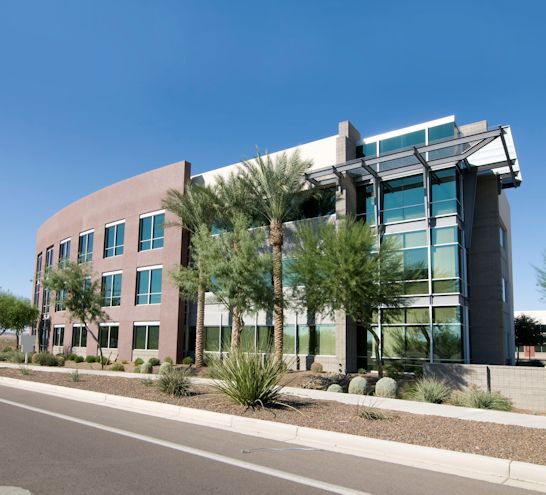Training Facilities and Resources
Evaluating the quality of training facilities before scheduling and conducting safety training is crucial to ensure that the training provided is effective, comprehensive, and aligned with industry standards.

Ideally, training facilities should have enough resources and equipment for both classroom and hands-on learning in an environment that supports effective learning. However, this isn't always the case, and instructors often need to adapt to the space they are given. Sometimes, training is conducted in remote or non-traditional locations. You might end up in a smaller room than expected, or there may be no electrical outlets or flip charts available. Trainers should anticipate these challenges and prepare accordingly.
Evaluating the quality of training facilities should include the following questions:
- Size Requirements: Is there sufficient space for 25 or fewer attendees to sit comfortably during instruction?
- Facility environment: Is lighting sufficient to reduce eye strain (diffuse and non-glaring), temperatures set at 68ºF-72ºF, ventilation adequate to ensure fresh air, noise below 50 dB, and humidity no higher than 40%-60%?
- Room Setup: Are rooms set up to allow students to interact with each other and participate in hands-on practice?
- Equipment: Is there adequate equipment for all attendees, plus demonstration equipment for the instructor or facilitator (if applicable)?
- Hazardous Training: For training hazardous materials or environments (like fire safety, confined spaces, or high-voltage work), is specialized gear such as personal protective equipment (PPE), safety harnesses, or firefighting gear available?
- Active Participation: Is there space for small group exercises or hands-on training using equipment as part of activity-based learning?
- Resource Availability: Are resources, equipment, and technical support, available for use during training, such as for instructor presentations or web-based learning (if applicable)?
- Facility Location: Are training facilities separated from busy or noisy areas such as lunch rooms, open areas, and hallways?
Knowledge Check Choose the best answer for the question.
6-4. What is one criterion that would indicate a safety training room meets quality requirements?
You forgot to answer the question!
